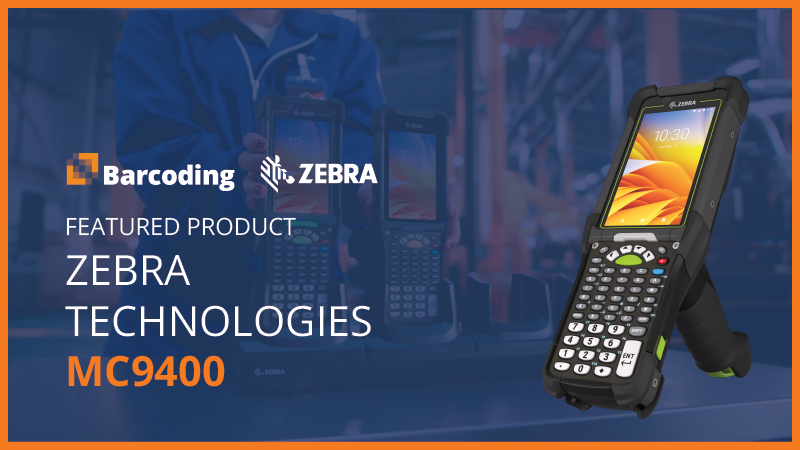This blog post was based on an article by CIO.
Migration is the key to modernization. By forgoing technology updates in favor of operating on outdated legacy systems, companies are losing out on improvements and opportunities to become more efficient, accurate and connected.
Did you know that nearly half of organizations don’t have a migration plan? Only 26% of organizations are even at the beginning stages of modernization. If that sounds like you, keep reading to learn more about modernizing mobile technology and start forming your migration plan today.
1) Assess Where You’re At
A great starting place is to take stock of your current operations. What mobile technologies do you already have in place? What areas could benefit from added visibility? Are there any pain points in your operation that should be addressed?
2) Set Your Priorities
Next, consider where you will see the greatest ROI. Investing in mobile technologies is an important expense, but most companies can’t afford to update all of their systems at one time. Select the appropriate improvements that make the most sense for your organization’s needs, constraints and goals.
3) Calculate Costs
By calculating the total cost of ownership (CTO) for your current legacy systems, you might notice that upgrades are actually less costly than continued maintenance of old systems. Or, the cost of migrating to new OS and devices might be at least partially offset by the CTO of old devices.
4) Create a Roadmap to Modernization
Every journey needs a plan. Plot out potential costs, training needs and each of the benefits that your new mobile solution will have for your operations. This way, you can predict how you will achieve modernization––and what it will look like when you get there. Check out our infographic on creating a roadmap for Android and Cloud migration here.
5) Step By Step
An incremental approach can make modernization more manageable. The process never has to be all-in-one; it helps think in terms of the big picture, but to plan on getting there in small steps. It takes time to adapt people, processes and technologies to new systems, so plan accordingly.
6) Consider Elimination
Modernizing does not always equate to direct device-for-device updates. Sometimes, elimination of outdated processes is an equally important step towards modernization. A new device can even replace multiple legacy devices in some instances, and make sure new systems don’t unnecessarily share overlapping capabilities. Consider whether the value of a legacy device is worth the CTO.
7) Incorporate the End User
One often overlooked step in the modernization process is including the end user in technology upgrades. Consider the training time and costs necessary to incorporate new devices. Android OS is user-friendly, similar to the devices that users already own and use daily, and is easy to learn.
8) Be Selective With Scale
Considering scale in terms of your new mobile devices can be helpful. Address modernization with a holistic approach, rather than a zoomed-in focus on individual processes. Barcoding’s Supply Chain Architecture services can help you identify points for potential improvement.
9) Skip Ahead
It’s best to begin the migration journey with a plan, but, in reality, unprecedented situations will occur. Be prepared to skip ahead a few steps if it will benefit your organization in the long run. When modernizing mobile technology, invest in the technologies that make the most sense for you, when they make sense for you.
10) Take A Product-Based Approach
At the end of the day, modernization initiatives are an ever-changing process. Thinking about migration and modernization as a product rather than a time-constrained project can help your organization move forward with continuous improvement.
“Modernization is not a point in time; it’s not a point-in-time effort, it’s ongoing,” says Shoma Chakravarty, VP of Enterprise Architecture at Verizon. “Technology is moving so fast, that even what we built yesterday is going to be due for modernization in the near future.”
Contact us to find out how we can work together to make your team more efficient, accurate and connected with mobile solutions. From looking for process improvements, to selecting the right hardware, to developing custom applications, to deployment and everything around modernizing mobile technology, Barcoding offers all of the services to help you achieve your goals while reducing risk and capital expenditures.
Want More Barcoding?
To stay in the loop about everything new in the supply chain world, check back for more posts on the Barcoding Blog. You can also keep up with us and our fellow #SupplyChainGeeks through our social media pages on Twitter, Facebook, LinkedIn, and Instagram!







